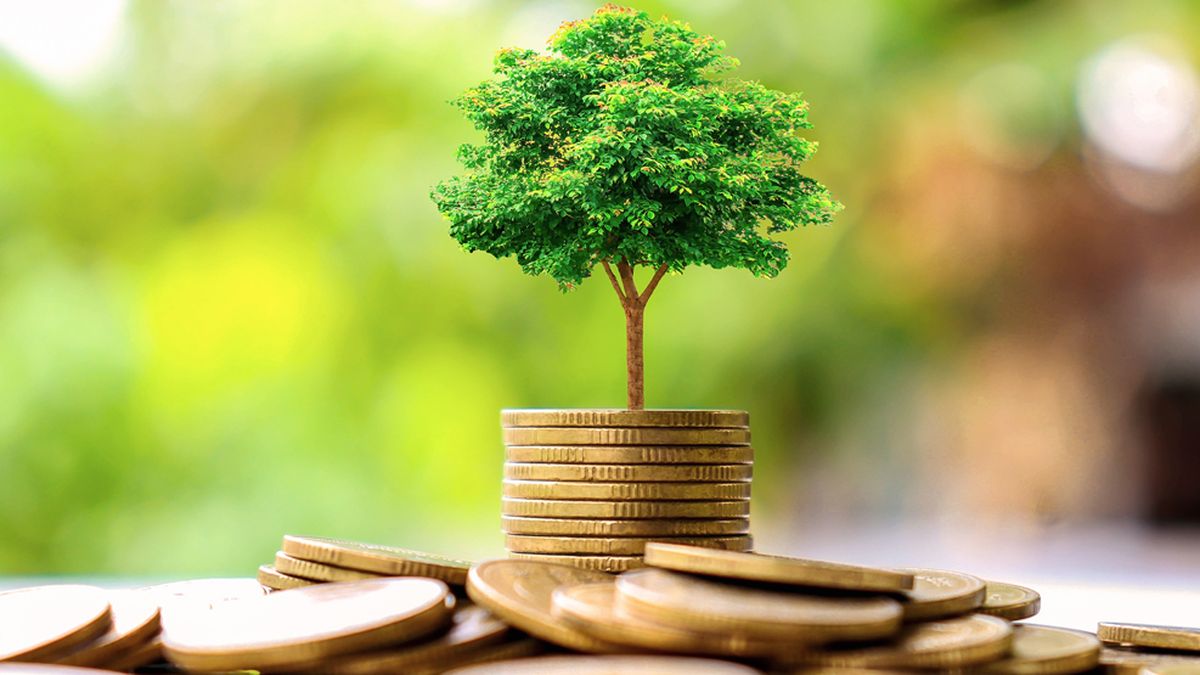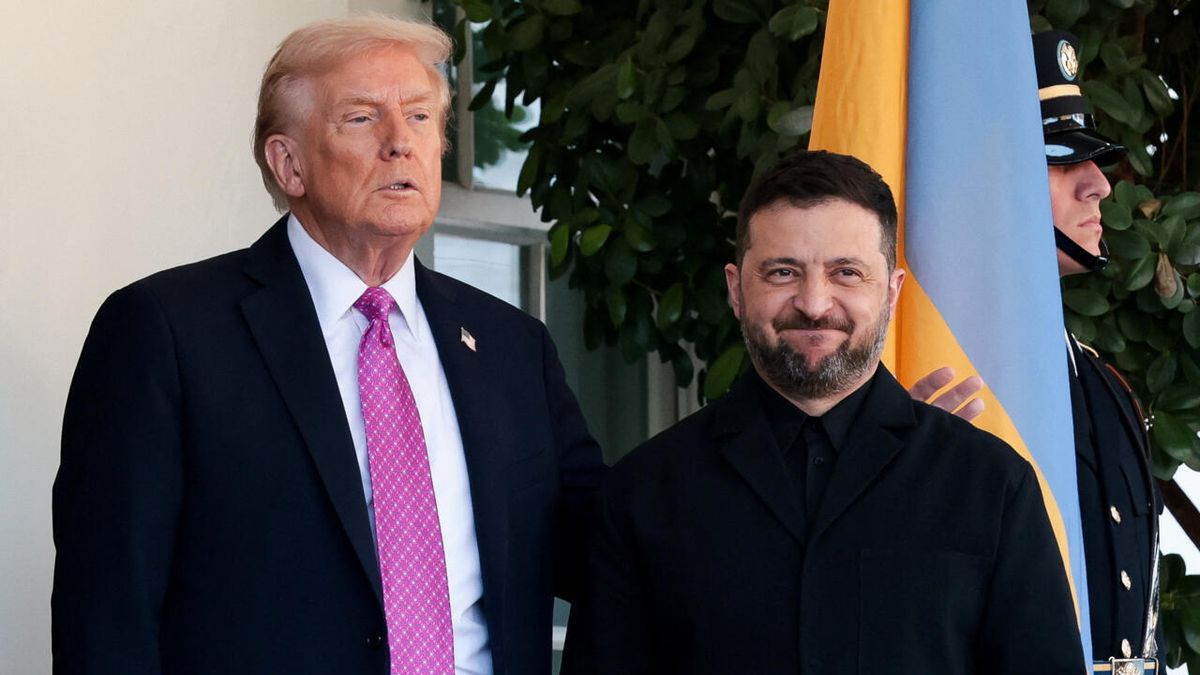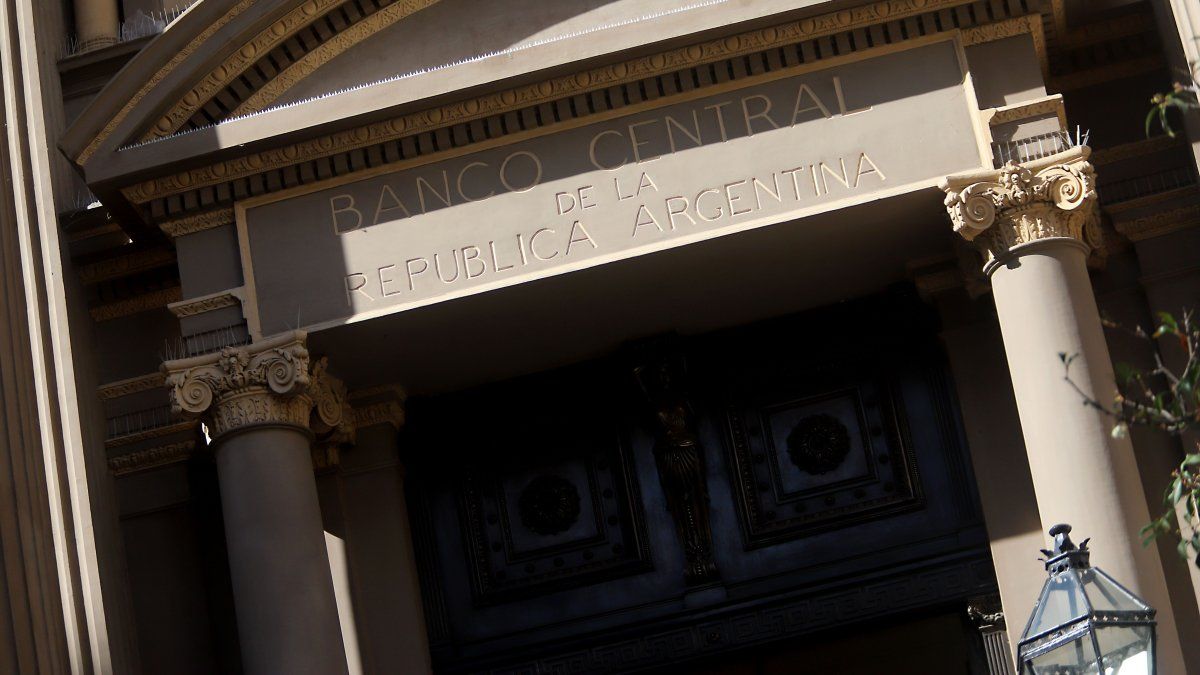The BIICC, known as sustainable or sustainable bond, was launched last year by the MEF to give the country access to the sustainable sovereign finance market and thus achieve an alternative approach to the debt financing linked to sustainability.
Specifically, the bond allows for the implementation of symmetric rate premiums and penalties, linking the country’s cost of capital to the achievement of its climate and environmental conservation objectives assumed in the Paris Agreement (COP21).
What happened to the climate indicators of the sustainable bond?
According to the detailed report, available only in English and released by the Debt Management Unit (UGD), The two indicators that make up the sustainable bond showed uneven behavior during 2021.
The Bond Indexed to Climate Change Indicators is made up of two performance indicators (KPIs), one linked to the reduction in total gross carbon dioxide emissions per unit of real GDP (KPI-1) and another related to the maintenance of the native forest area.
During 2021, KPI-1 achieved a 41% reduction in the intensity of gross aggregate carbon dioxide emissions per unit of real GDP, compared to 1990 levels (reference year for BIICC indicators). However, the indicator regressed in relation to the pre-pandemic, when the reduction in emissions of the main component of greenhouse gases was 48%.
The Ministry of Economy and Finance explained that this is due to “a 10.7% increase in aggregate gross carbon dioxide emissions between 2019 and 2021, and an accumulated contraction of 1.3% in real GDP terms in the same period”.
According to the report, they were key in increasing carbon emissions, the process of exporting electricity to Argentina and Brazil in 2021, which were supplied with fossil fuels, and the use of synthetic nitrogenous fertilizers in the countryside, linked to the strong expansion of the cultivated area of wheat, rapeseed, barley, corn and rice in Uruguay.
Meanwhile, Uruguay’s real GDP has not yet managed to recover from the post-pandemic contraction, which is why it remains at low levels, the UGD added in the text.
All of this leads to the emission reduction performance indicator is currently 9 percentage points below target of 50% established for 2025.
Electric Vehicles Cars
Photo: Freepik
Meanwhile, the KPI-2 reached 100% maintenance of the native forest area in 2021, with respect to the 2012 baseline. “This is mainly explained by natural regeneration plans, increased coverage and restoration. In particular, the native forest cover in Uruguay has increased in areas of low agricultural pressure such as the mountains (Serrano forest) and in places where the river forest is fragmented,” the annual report states.
Thus, the Ministry of Economy projects that the indicator linked to native forests will not only meet the goal, but Uruguay is ready to reach a second, more ambitious goal for 2025, which consists of increasing 3% above the goal of maintaining 100 % of forest area.
How will Uruguay reduce its emissions to improve the profile of sustainable finance?
“Despite the strong increase in electricity generated by fossil fuels in 2021 linked to climatic conditions in the region, Uruguay remains among the world leaders in large-scale wind energy and the production of other forms of clean electric power ”, assured the government in the annual report of the Bond Indexed by Climate Change Indicators.
It should be noted that while in 2021 (the year measured in the report), more than 45% of Uruguay’s electricity production was generated from wind and solar energy sources, that figure was much higher by 2022.
according to Ministry of Industry, Energy and Mining (MIEM), Last year there was a lower consumption of fuels and a higher one of hydraulic energy, which contributed to the increase in the participation of renewable sources in the electrical matrix until reaching 91%.
The biggest challenges come today in reducing emissions in passenger transportfor which the government started a subsidy program to renovate taxis and buses by electric vehicles; and in increasing the agricultural and livestock production while reducing methane and nitrous oxide emissions, preserving the grassland ecosystem.
He World Bank (WB) analyzes a proposal from Uruguay to extend the use of bonds linked to climate change and encourage innovation in sovereign bond markets. He International Monetary Fund (IMF)Meanwhile, it has received suggestions from experts to add this tool in debt negotiation.
Source: Ambito




